|
By Jess Fliginger In 2013, Dr. Holly Jones started conducting a long-term research project at Nachusa Grasslands on quantifying the effects of disturbance-related management strategies on small mammal populations at restored and remnant prairie sites. The reintroduction of bison in 2014 allowed for a powerful before and after bison impact study that documented the effects of bison grazing on the small mammal communities. Data collected on species responses to bison, prescribed fire frequency, restoration age, and vegetation composition will inform decisions regarding abundance and biodiversity for small mammals. Small mammals play important roles in the food web by influencing vegetation structure through herbivory and seed predation, as well as serving as prey for predator species. So far, plant communities with bison grazing are becoming more diverse and more abundant with small mammals. In the beginning, Dr. Jones ran the small mammal project by herself for a year until she was able to pass it on to her Master’s student Angela Burke in 2014. It was quite a challenge to run the project on her own, and volunteers have become an essential component to keep it going. Over the years, we have had more than 100 volunteers participate to help check traps in the morning and reset traps in the afternoon. On the first day of small mammal trapping, or as we like to call it “smammaling”, we prep 150 metal Sherman traps by baiting them with peanut butter and oats. Our small army of volunteers, 3 or 4 people, create an assembly line, with one person spreading just a dab of peanut butter on the backplate and the other sprinkling a small pinch of oats inside. Once all traps have been prepped, we start stacking rows of them, Tetris style, in the back of Scarlet, our NIU mule. 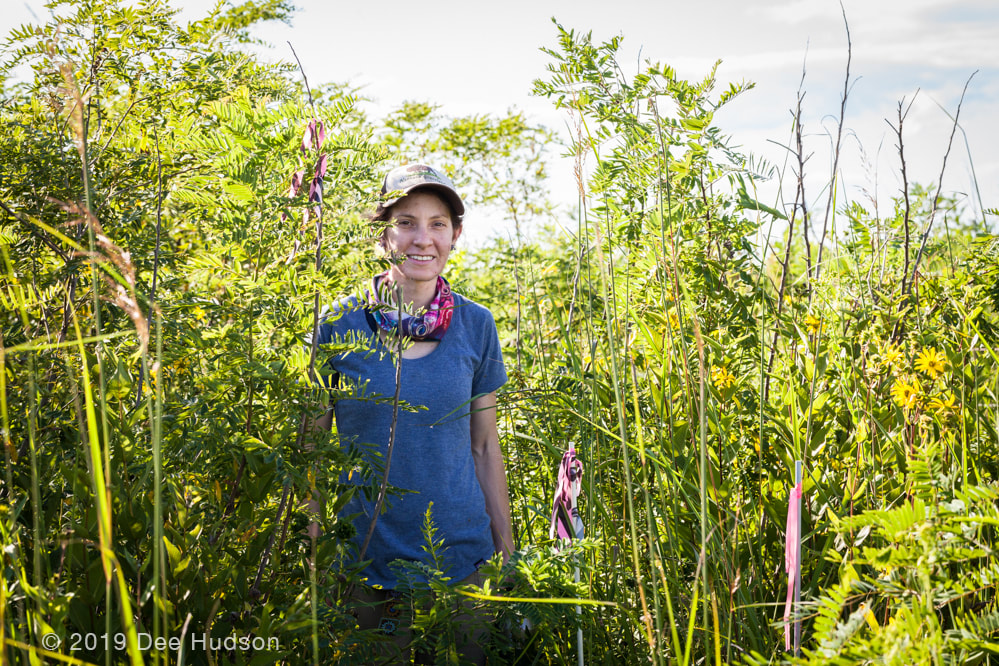 Out of the four seasons we sample for small mammals, August and October have the tallest vegetation, making it difficult to locate our poles. We flag the highest plant we can find nearby; for me it’s usually prairie dock or good ol’ big bluestem, and we try to navigate our way through the meandering paths of the tallgrass prairie jungle." We take off to set 25 traps at six of our 5x5 grid sites, hoping our plans don’t get foiled by any bison delays or strange weather. Each site has flagged poles to indicate where the trap must be set; however, finding them can sometimes be a challenge. Bison love using our poles as backscratchers, and they are often found sprawled across the prairie. At each pole we place an open trap where it will sit until an unsuspecting critter passes by and catches a whiff of irresistible Jif.  The mice spend the night at their “mouse hotel” feasting on peanut butter and oats until we are back to process them in the morning. I always get a rush of excitement as I walk up to a trap and notice the door is closed. When I peek inside the trap, I am usually able to see a little face staring back at me. Occasionally, I’ll get a trigger-no-capture and my excitement will fade to dissatisfaction. Likewise, thieves are a constant problem. Some especially small, speedy daredevils are able to run in to the trap, take some quick bites of peanut butter, and run out without triggering it. We keep tabs on which traps have been thieved and adjust/replace them accordingly. To process the small mammals, we record the weight and take measurements on the right hind foot, tail, and body using a caliper. In addition, we determine their sex, age, reproductive status, species, and PIT tag number. Some of the species we have captured at our sites and record data on include thirteen-lined ground squirrel, deer mouse, white-footed mouse, western harvest mouse, meadow jumping mouse, prairie vole, meadow vole, and masked and short-tailed shrews. The most common species we capture is the deer mouse, Peromyscus maniculatus. Depending on whether it’s a new capture or recap, we will carefully insert a PIT tag underneath its skin – similar to microchipping your pet – as a way to keep track of its movements, survival, and reproduction throughout the study. It’s always a treat when we have an overwinter or recapture from the previous year; they were the lucky ones to survive the long cold winter! Finally, we provide complimentary haircuts to all new buddies and collect the hair to run in the stable isotope lab. The information gathered from each sample result can tell us about their diet and role in the food web. Since 2015, I have been volunteering with Dr. Jones’ small mammal project. This year I was given the opportunity to help run the project and process the small mammals until her incoming PhD student, Erin Rowland, arrived. I took up the challenge, and with practice I became a pro. I would say my favorite part of the job is meeting the volunteers and training them how to be great smammalers. I enjoy acting as a Nachusa tour guide to all newcomers, young and old. Although anyone is welcome to volunteer, the majority of our helpers are undergraduate students who enjoy a break away from the classroom. Volunteering for the small mammal project gets you to spend time outside, which is beneficial to your health and well-being. It inspires the public to engage in the scientific process, appreciate native plants and animals, and meet others who care about our environment. Furthermore, it helps develop team building skills that are important for any job setting. Volunteers are the heart and soul of the small mammal project, and without them I’m not sure it would be able to persist. There is a lot to accomplish within the 12 consecutive days we are at Nachusa smammaling, and any help is greatly appreciated! If you are interested in volunteering, please contact Erin Rowland. To me, the small mammal project is all about making new and old friends — volunteers and mice alike. Small mammal research has been supported by the Friends of Nachusa Grasslands science grants from 2015 to 2018.
Consider a donation to the Friends of Nachusa Grasslands to support the ongoing science!
4 Comments
“Budding Ecologists” — Nachusa’s Role in Mentoring the Next Generation of Natural Areas Managers9/15/2019 By Cody Considine
In her new role she will lead the crew for the remainder of this field season, which includes harvesting a couple more thousand pounds of seed from 150 species to plant 50+ acres this fall. In addition to the fall planting and prescribed fire season, she will also be interwoven into the bison roundup, helping with various tasks. This winter she will operate chainsaws and large equipment, removing brush in our oak woodlands. Next spring she will work to become qualified as a line boss position on prescribed fire. By the end of her residency (December 2020), Amanda will have the skillsets, confidence, and humility to be a natural areas manager.
Bill and I, along with Elizabeth and Dee, would agree that one of the most gratifying experiences in managing natural areas is helping grow the next generation of natural areas managers. We are immensely grateful for all of our young professionals who choose to start their careers at Nachusa. Please give them a shout out next time you come for a visit. Cody Considine is the Deputy Director at The Nature Conservancy’s Nachusa Grasslands. |
Blog CoordinatorDee Hudson
I am a nature photographer, a freelance graphic designer, and steward at Nachusa's Thelma Carpenter Prairie. I have taken photos for Nachusa since 2012. EditorJames Higby
I have been a high school French teacher, registered piano technician, and librarian. In retirement I am a volunteer historian at Lee County Historical and Genealogical Society. Categories
All
Archives
January 2024
|
CONNECT WITH US |
|
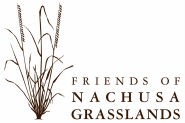
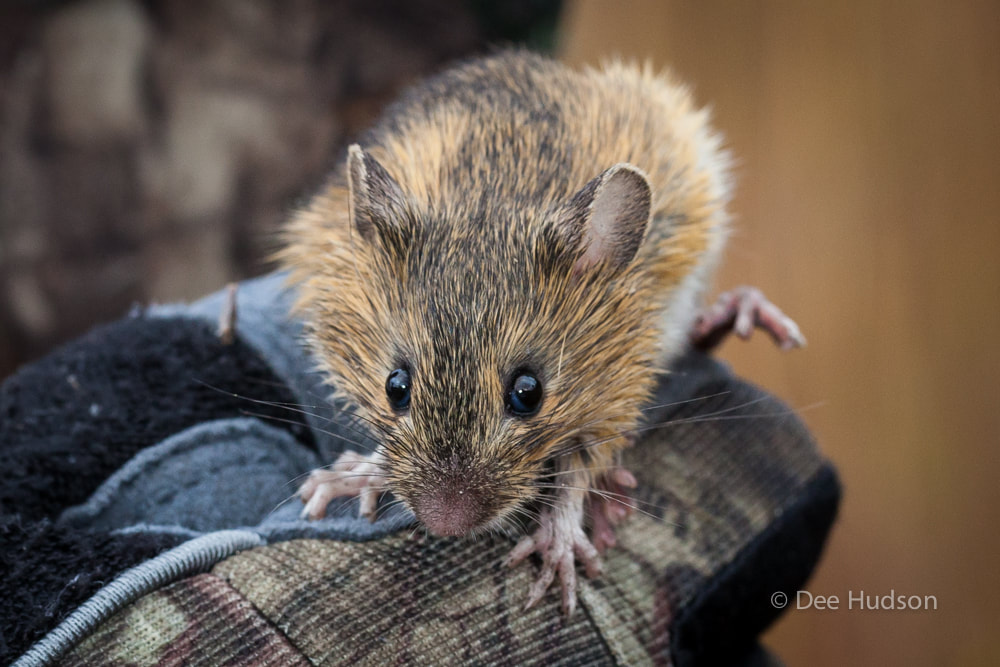
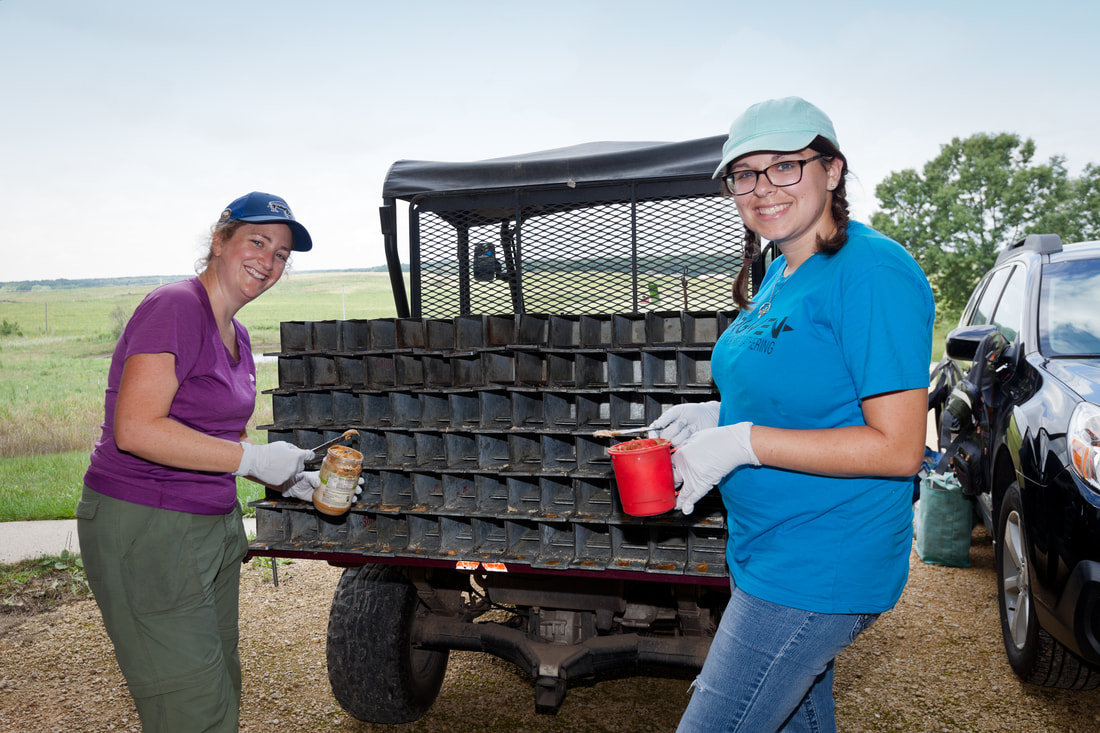
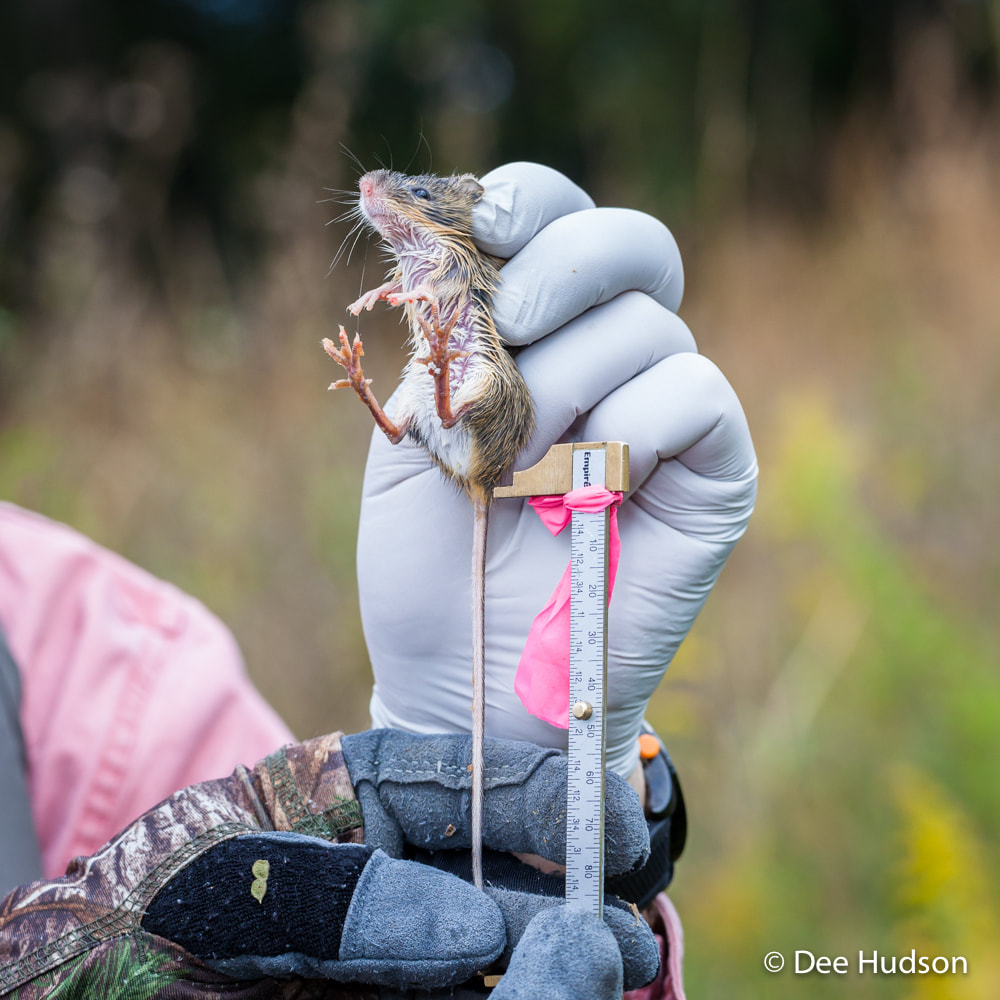
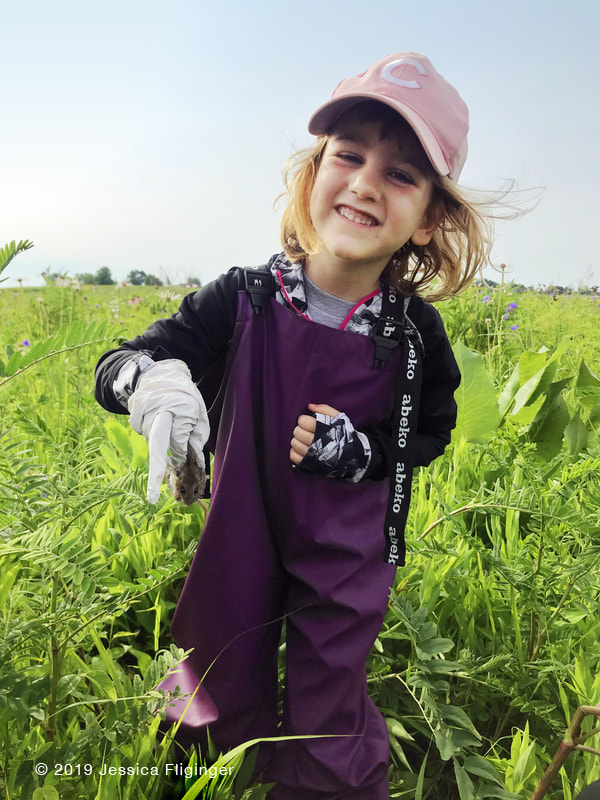
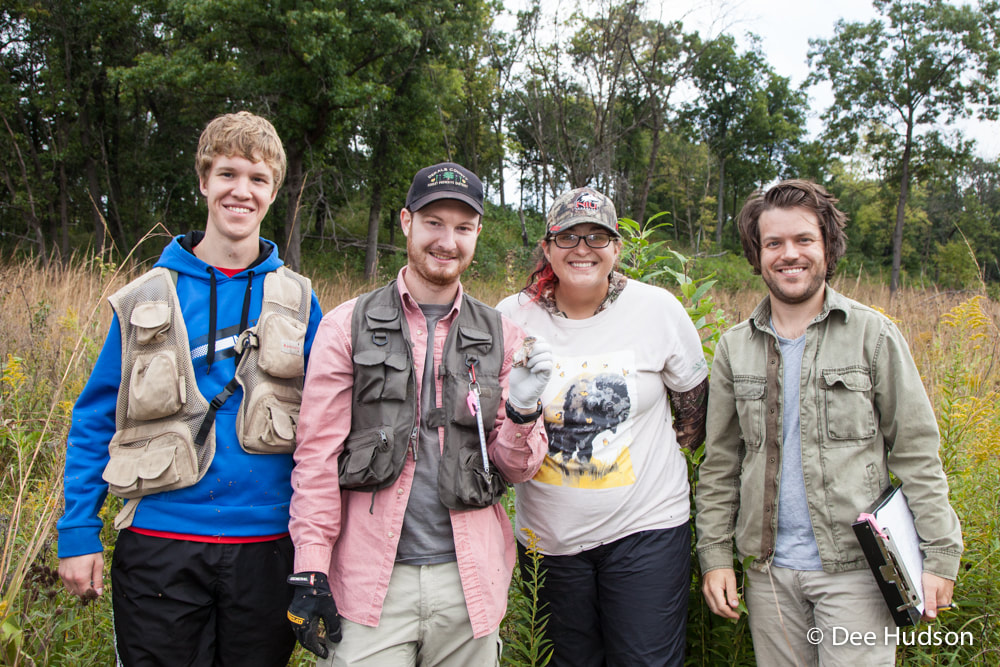
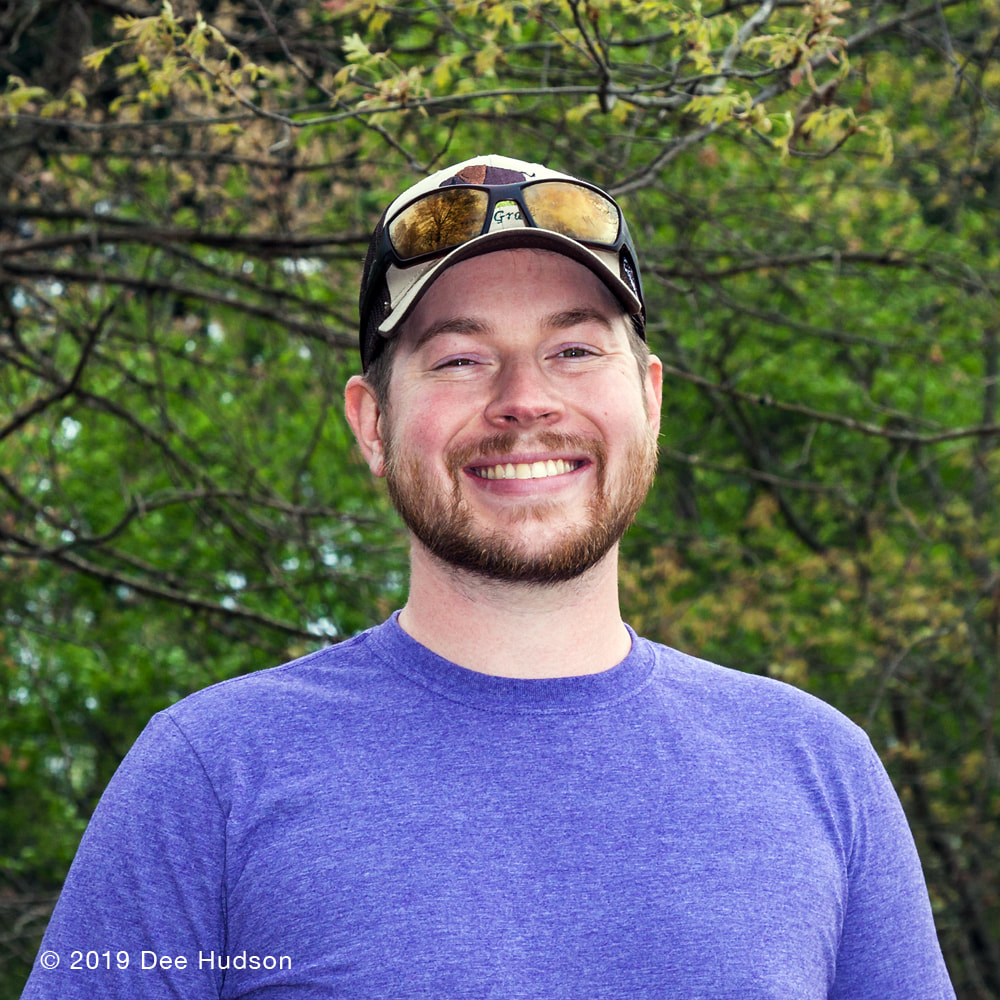
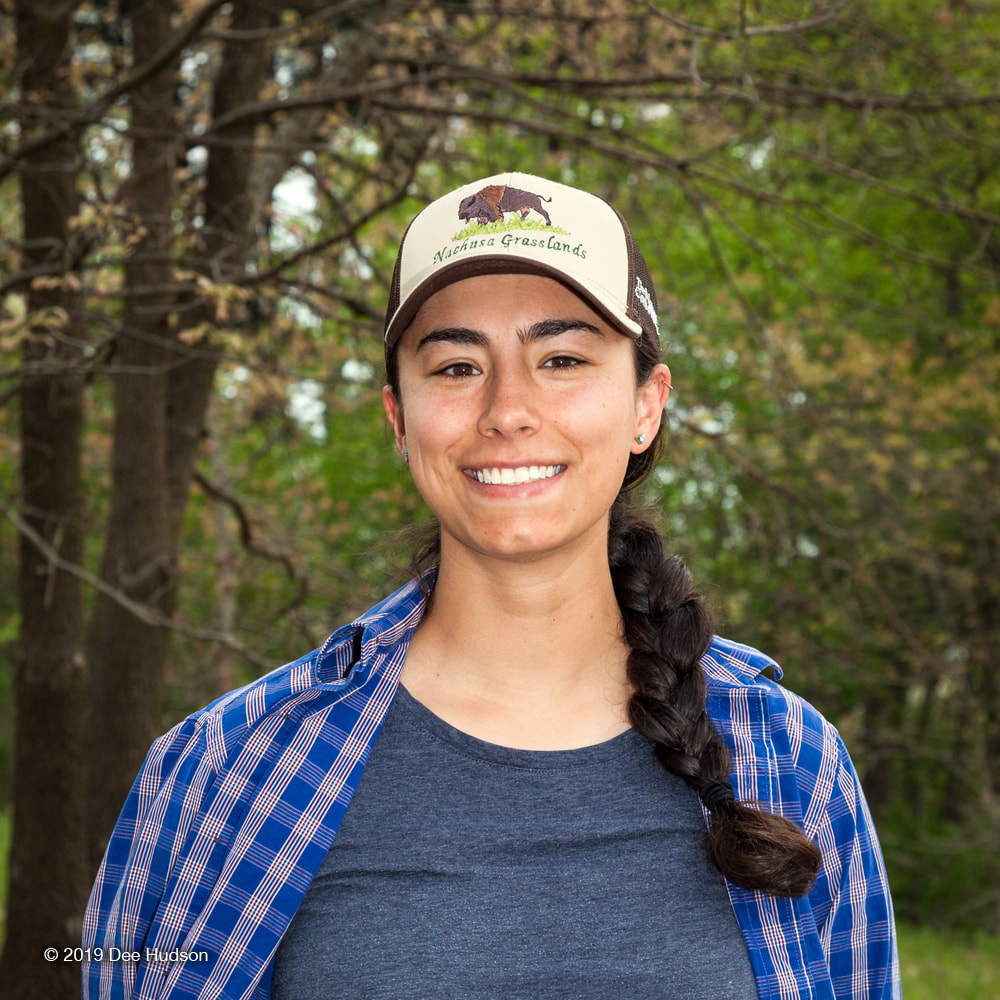
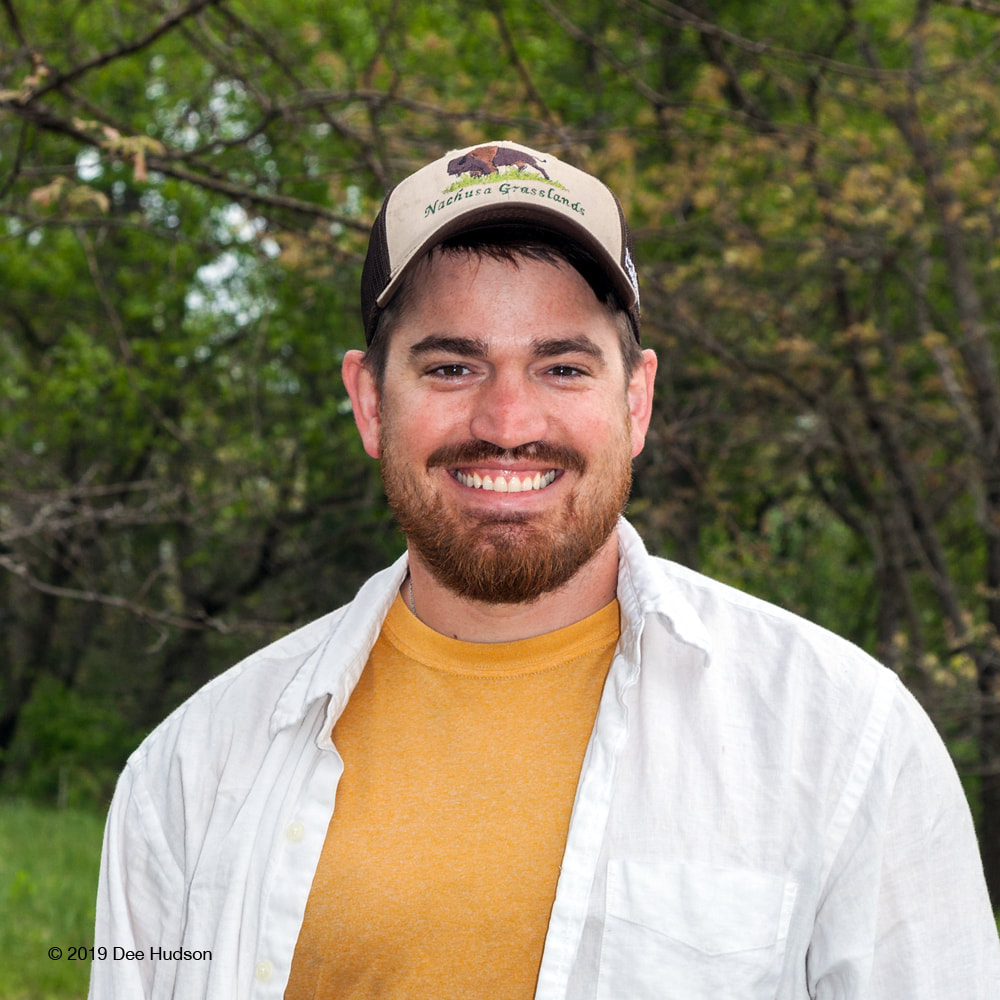
 RSS Feed
RSS Feed